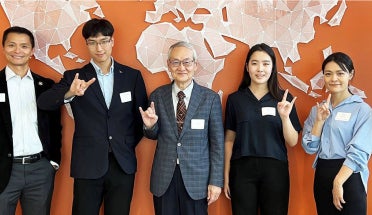
UT Researchers Work With Global Partners To Fight COVID-19
- Apr 1, 2020
- Global Engagement and Strategy
- by Suvi Bhalgat
With powerful supercomputers and precise microscopes, UT researchers are conducting groundbreaking research alongside their colleagues around the world to come up with creative solutions to fight COVID-19 head-on.
Since the global crisis began, university faculty representing schools across campus have been rapidly gaining an understanding of the virus and innovating ways to protect the community’s health. So far, they have been able to model the pandemic’s spread, create and test potential vaccines, supplement the shortages of medical face masks and more.
As they work tirelessly to find solutions to the health crisis that has impacted millions of lives, these Longhorns remain resilient and determined to advance healthcare and treatment for COVID-19.
Read more about how Longhorn researchers are leading the way to overcoming the global health crisis below.
A New Texas COVID-19 Pandemic Toolkit Shows the Importance of Social Distancing

Using UT’s supercomputer Frontera and the Texas Pandemic Flu Toolkit developed by faculty member Lauren Ancel Meyers, researchers have found enlightening new trends in data about how COVID-19 spreads.
Their results will help policymakers and healthcare workers prepare and decide how to allocate resources, such as medication and ventilators, moving forward. By planning accordingly, Meyers and her team are helping prevent fatalities and reduce the overall stress on the state’s infrastructure and healthcare systems.
Read the full article on UT News.
Texas Supercomputer Joins COVID-19 Fight

Frontera, UT’s resident supercomputer, has been enlisted by the White House to join the COVID-19 HPC Consortium, a collaborative effort with other high-performing devices across the country to contain COVID-19. So far, the giant machine has been used to illustrate the pandemic’s spread as well as create a 200-million atom computer model of the novel virus.
Supercomputers are incredibly powerful and can do in minutes tasks that regular computers take days to accomplish. Frontera has previously helped create solutions for other global issues such as the H1N1 flu outbreak and natural disasters throughout the nation. COVID-19 researchers interested in using Frontera can submit their proposals to the COVID-19 HPC Consortium through a central portal.
Read the full article on UT News.
Cockrell School, Dell Med School Team Up to 3D Print Masks for Health Care Workers
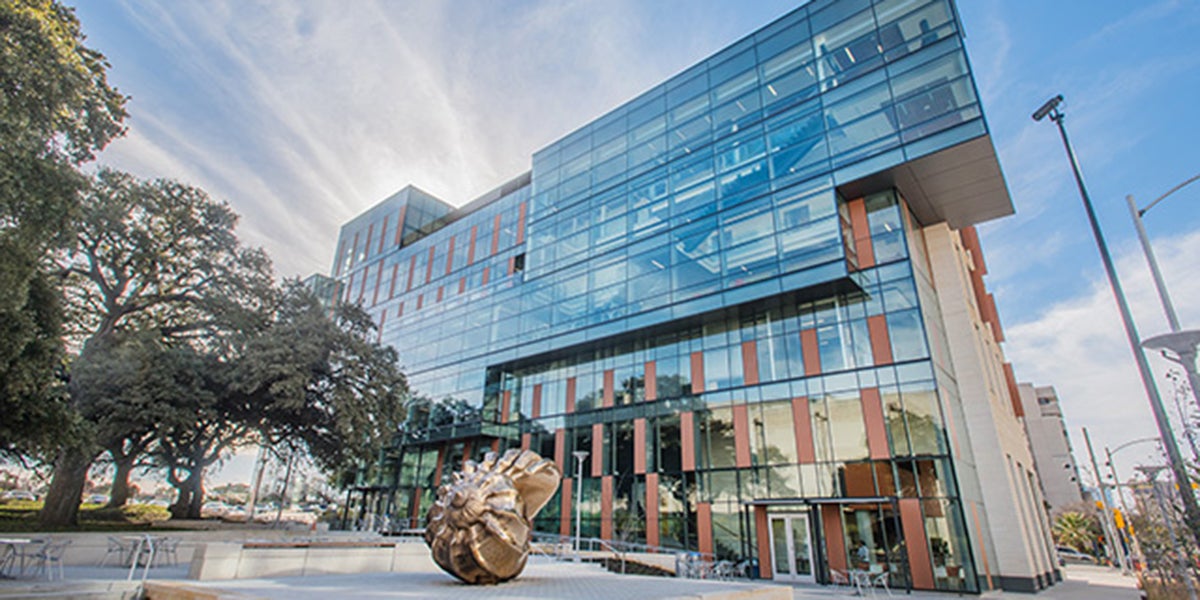
Researchers from the Cockrell School of Engineering and the Dell Medical School have joined forces to 3D print reusable medical face masks with replaceable filters and customizable fits. The team seeks to supplement the shortage of resources for healthcare workers, mirroring others’ efforts around the world. They have been working with several other 3D printing facilities in the Austin area on this initiative.
Once the design has been finalized, the team hopes that partnering with other 3D printers will accelerate production and distribution, quickly closing the gap between supply and demand for personal protective equipment.
Read the full article on the Cockrell School website.
UT Researchers Stay on Campus to Continue Coronavirus Work, Inching Closer to a Vaccine
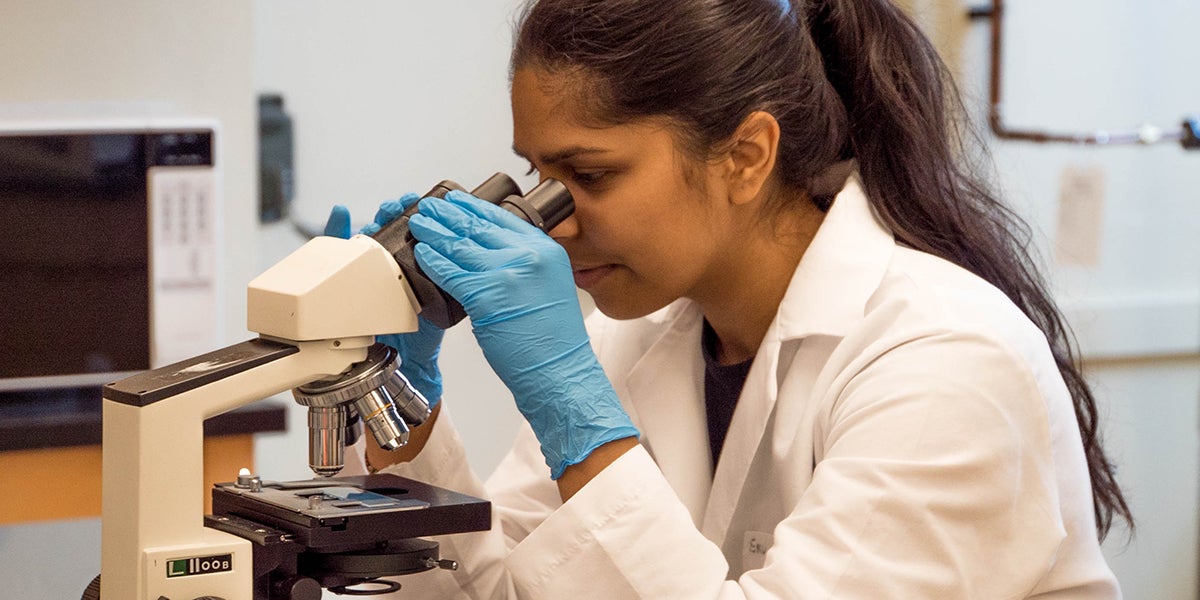
Researchers at UT have helped develop a prototype vaccine for COVID-19 which is currently being tested on patients in Seattle. The many UT researchers involved in the fight against COVID-19 are working hard to create an effective solution to the pandemic as quickly as they can. Several have stayed on campus to continue performing research and develop treatment solutions.
The mediums of their work have changed significantly, with communication and collaboration moving online, but researchers remain resilient and determined to find a treatment for the virus.
Read the full article from KVUE.
COVID-19: Study Estimates Rate of ‘Silent Transmission’
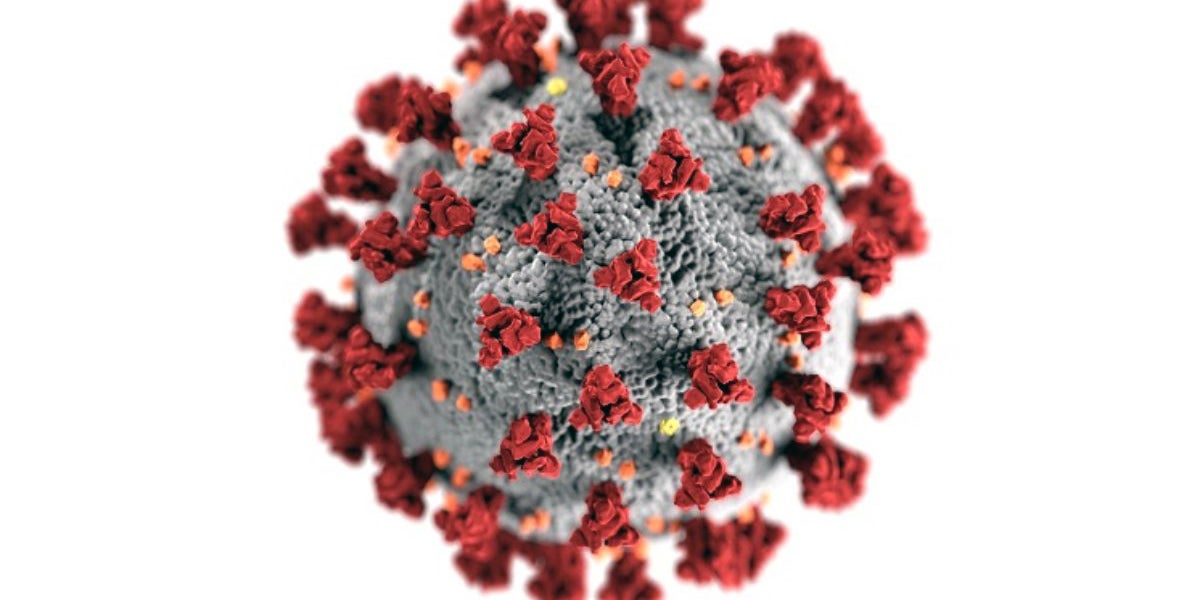
Working with their colleagues from around the world, infectious disease researchers at UT have determined the serial interval of COVID-19. This reveals how much time it takes for the infection to spread to others. The study, published in the journal Emerging Infectious Diseases, identified the serial interval as four days, and this number is critical in controlling the spread of COVID-19 as well as developing treatments and vaccines to halt the pandemic.
This research has shed light on the asymptomatic transmission of COVID-19, but the team responsible for the breakthrough recognizes that data trends will evolve and may be skewed by changes in healthcare practices, such as increased isolation and advanced treatment options. They aim to continue updating their results.
Read the full article on UT News.
Breakthrough in Coronavirus Research Results in New Map to Support Vaccine Design
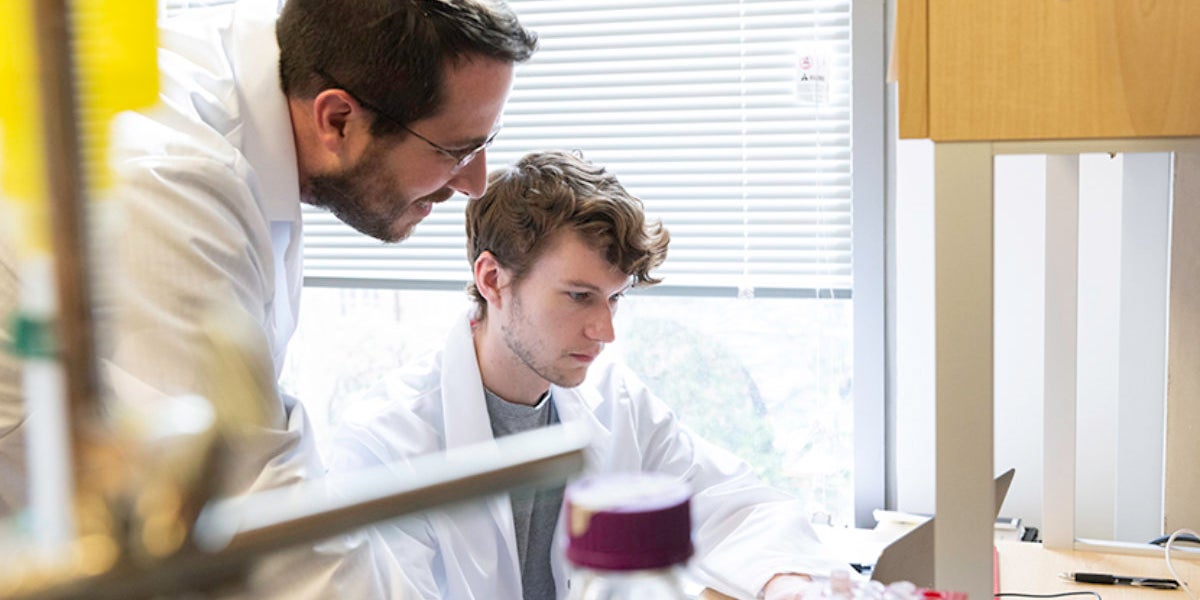
UT researchers and the National Institute of Health have identified the spike protein of COVID-19, an integral step towards developing a vaccine for the rapidly spreading virus. Head researcher Jacob McLellan has been meticulously studying coronaviruses for several years and recognized the gravity of COVID-19 when the novel virus first presented itself.
Using UT’s state-of-the-art technology, such as its robust electron microscope, McLellan and his team were able to rapidly analyze the genome sequence of the virus and produce samples of the spike protein. Without having access to these resources, their research would have taken months to accomplish. McLellan and his team hope to use their findings to isolate the virus’s antibodies and formulate a line of attack against the virus itself.
Read the full article on UT News.

